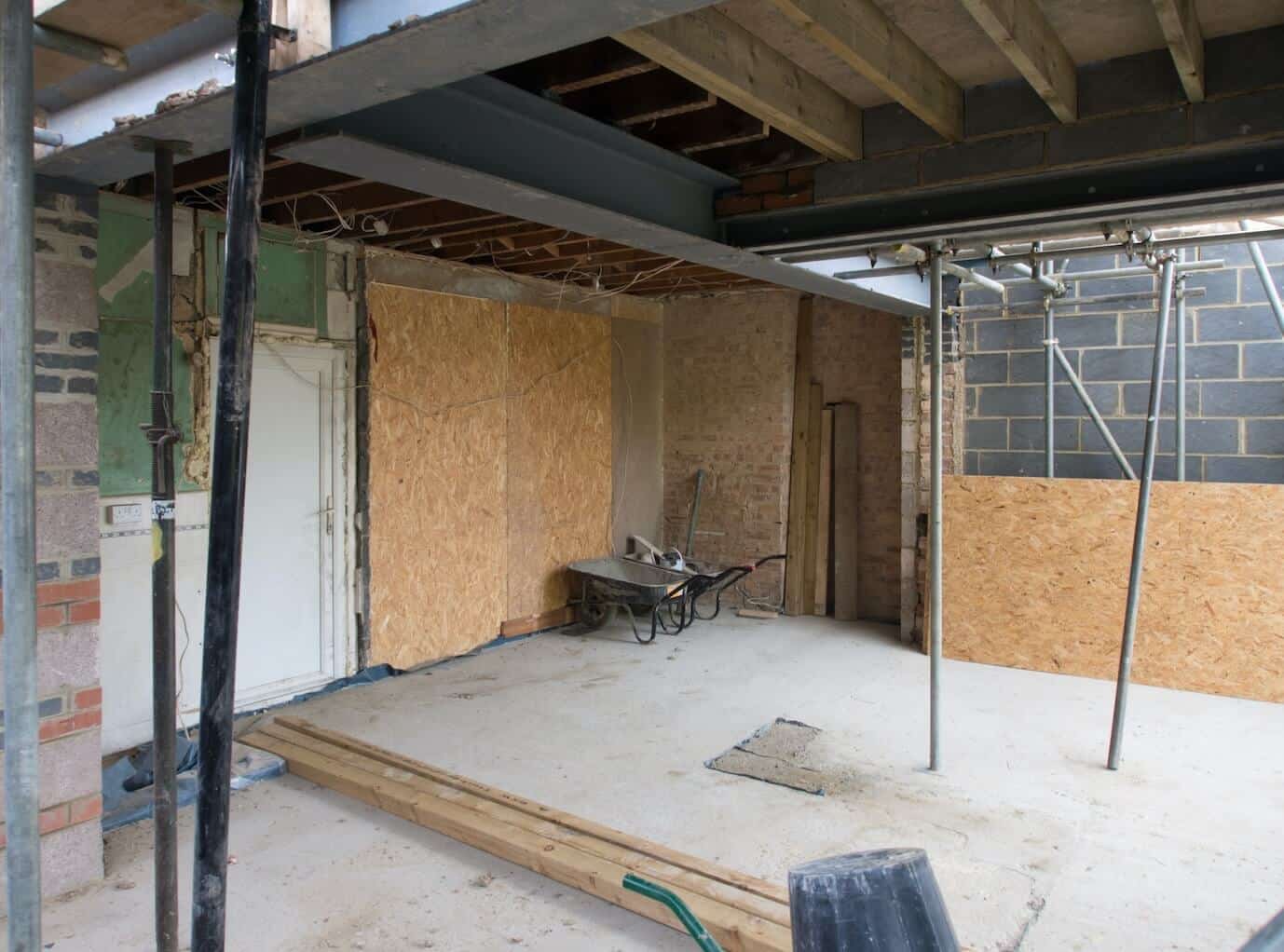Understanding the foundation of your property is integral to making informed decisions about both its maintenance and modification. Two noteworthy methods of fortifying and extending a foundation are underpinning and bench footing, which are often deliberated upon by property owners.
While both methods serve to bolster the strength of your home’s foundation, they are not the same and offer different solutions depending on the needs of your property. Here, we examine both methods more closely, their advantages, disadvantages and the situations they are best suited for.
Underpinning
Underpinning is a method involved in extending the depth or breadth of a house’s foundation. It is a solution most typically employed when the existing foundation is weak or when a homeowner wants to add extra stories to a building, necessitating the need for a stronger foundation. Basement underpinning involves excavating parts of the soil beneath a foundation and filling it with concrete to reinforce the existing foundation. This process is done systematically, working on a section at a time to avoid any stability issues during the procedure.
The advantages of underpinning revolve primarily around dealing with issues related to a building’s foundation. This method delivers comprehensive results, making it ideal for situations needing consistent foundation depth, such as when an extra story is being added to a building. Furthermore, it also benefits properties with foundations suffering from weak soil conditions as the process fortifies the property to handle heavier loads.
However, underpinning can be a more invasive and costly method. The process involves considerable excavation work possibly affecting the building’s surroundings. Also, complying with numerous building codes during underpinning work can make it a more complicated and expensive choice.
What is Bench Footing?
Bench footing, also known as benching, is another option for extending or reinforcing a building’s foundation. It involves extending the foundation by constructing a “bench” that widens the existing base. The process begins with the excavation of the ground next to the foundation, followed by the construction of a concrete ledge or “bench” that conjoins with the existing foundation.
In comparison to underpinning, bench footing is typically less costly and less complex. It focuses more on extending the foundation’s width rather than its depth, providing additional space in the basement without extensively compromising the building’s overall stability.
However, bench footing does not necessarily strengthen a weak foundation or significantly improve the building’s capacity to hold additional weight. It also eats up some interior space to accommodate the constructed “bench,” which means it may not be suitable for properties with already limited room.
Underpinning vs Bench Footing: Which Option is Best for You?
The choice between underpinning and bench footing largely depends on the condition of your existing foundation, the aim of the foundation enhancement, and the local regulations.
If your property sits on weak soil, or if you aim to add more stories to your building, underpinning might be the appropriate choice. It enhances your foundation to handle heavier loads and can improve the overall structural integrity and increase property value in the long run.
However, if you are looking to increase the living space in your basement without serious disturbance to your foundation, bench footing would be an ideal choice. Bench footing is also generally a less invasive and less expensive procedure than underpinning.
Before you decide, however, it is advisable to consult with a structural engineer or a licensed contractor. These professionals can assess your property properly, interpret local building codes accurately, and provide expert advice that would help you make an informed decision.
Both underpinning and bench footing are useful methods for reinforcing and extending your property’s foundation. Carefully considering your specific needs, taking into account the cost, time, and potential disruption of these processes, and seeking professional advice will ensure you choose the perfect solution for your property.








